Experts say the F/A-18 Super Hornet fighter jet will help US forces in the Red Sea effectively intercept missiles and UAVs launched by the Houthis at cargo ships.
The Pentagon's Central Command (CENTCOM), which oversees operations in the Middle East, announced on December 26 that it had intercepted a series of Houthi missiles and unmanned aerial vehicles (UAVs) targeting cargo ships in the Red Sea. "US assets, including the destroyer USS Laboon and F/A-18 Super Hornet fighters from the Dwight D. Eisenhower aircraft carrier strike group, shot down 12 suicide drones, three anti-ship ballistic missiles and two land-attack cruise missiles," the statement said.
This is the first time the US has deployed fighter jets to intercept Houthi UAVs in the Red Sea since the conflict in the Gaza Strip broke out on October 7, although the Israeli Air Force has done the same many times. The US has previously mainly intercepted the armed group's UAVs using anti-aircraft weapons on destroyers.
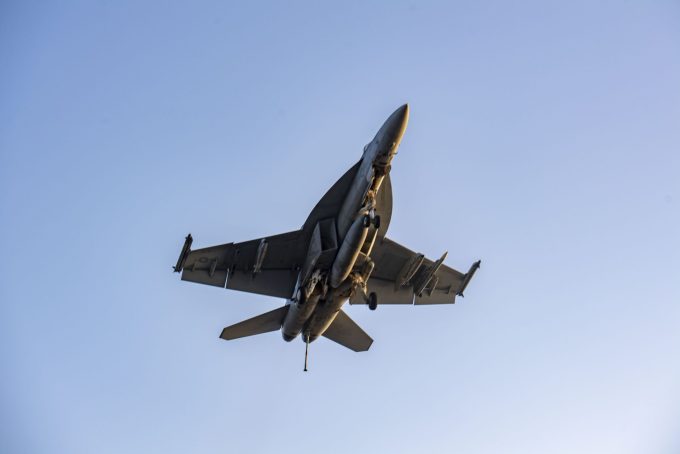
F/A-18 Super Hornet fighter jet in the Persian Gulf in November. Photo: US Navy
This appears to be the second time the F/A-18 Super Hornet has destroyed an aerial target since its introduction, after shooting down a Syrian Su-22 fighter jet in 2007.
Although it has not yet demonstrated much air-to-air capability, the F/A-18 Super Hornet possesses special features to shoot down cruise missiles and UAVs, so it can be an effective weapon for US forces to intercept Houthi attacks in the Red Sea, according to military expert Tyler Rogoway.
The F/A-18 Super Hornet is also equipped with the AN/ASQ-228 or LITENING ATFLIR system, which allows pilots to observe threats from very long distances, as well as distinguish between friend and foe. This technology can help US forces identify the type of UAVs and missiles that the Houthi group uses to attack cargo ships in the Red Sea, as well as the specific targets that the group is aiming at, thereby developing a plan to deal with them.
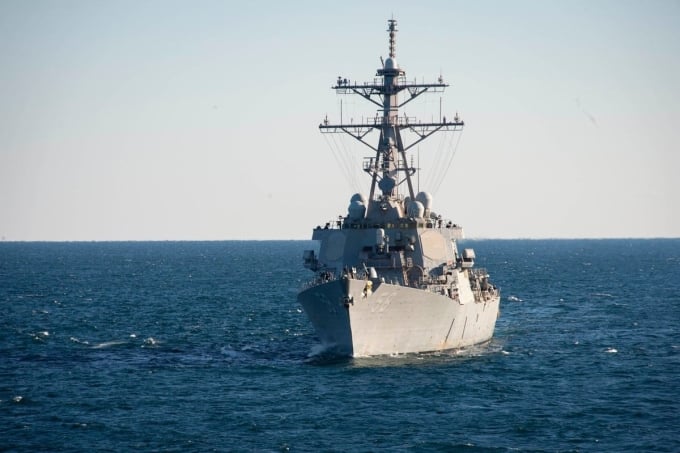
Destroyer USS Laboon. Photo: US Navy
According to Rogoway, the F/A-18 Super Hornet can be equipped with an infrared search and track (IRST) system. This is an external sensor cluster that operates on a passive principle and does not emit a signal to alert the target. It identifies heat signals from enemy aircraft engines, which is very useful for detecting stealth aircraft, which are difficult to track by radar.
Rogoway said IRST also has "high value" in identifying small targets such as UAVs and cruise missiles, but it is unclear whether the Super Hornet squadron of the Dwight D. Eisenhower aircraft carrier strike group is equipped with this system.
In terms of weapons, the F/A-18 Super Hornet can carry a 20mm cannon, AIM-120 AMRAAM medium-range air-to-air missiles and AIM-9X Sidewinder short-range missiles, AGM-65 Maverick and AGM-84E SLAM ground-to-air missiles, AGM-84D Harpoon anti-ship missiles and AGM-88 HARM anti-radar missiles, along with a variety of conventional and guided bombs.
The AIM-120 AND AIM-9X Sidewinder missiles are both capable of countering cruise missiles and UAVs. The Saudi Arabian Air Force has used the AIM-120 to shoot down a number of Houthi suicide UAVs in recent years. The AIM-120 has proven effective in intercepting UAVs, which have a small radar cross-section.
Rogoway believes that the most outstanding feature of the F/A-18 Super Hornet is its information connectivity. This fighter can receive and share information about the target to be intercepted with the Aegis missile shield on the Dwight D. Eisenhower strike group's fleet, or with the E-2D Advanced Hawkeye early warning aircraft.
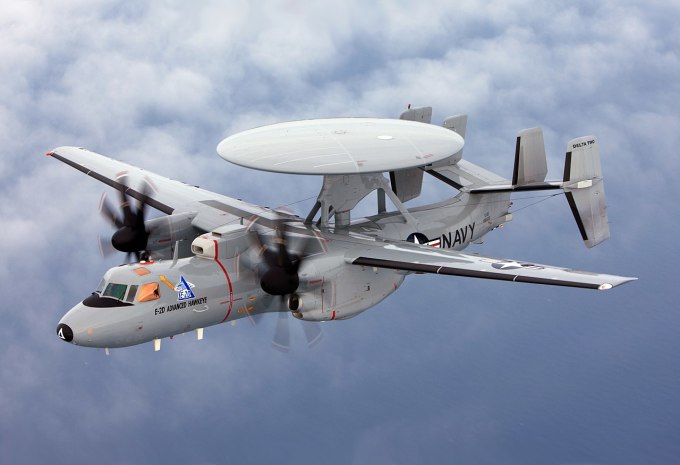
E-2D Hawkeye aircraft. Photo: Northrop Grumman
The E-2D Hawkeye is known as the "eye of the sky", with the mission of monitoring the sea and land to provide threat information to command centers and combat forces. The cruising altitude of 7,600 m allows each Hawkeye to cover an area with a radius of about 300 km, as well as detect targets flying close to the sea surface beyond the horizon.
The E-2D Hawkeye's AN/APY-9 radar's "look down" capability also enables it to accurately detect low-flying targets such as UAVs.
According to Rogoway, US Arleigh Burke-class destroyers like the USS Laboon have proven effective in intercepting Houthi attacks in the Red Sea, and F/A-18 Super Hornet fighters are a useful addition to the defense layer.
"Super Hornet can move faster than US warships to intercept threats before they are launched, something that ship-based air defense systems cannot do. This mobility is very valuable in the current complex context in the Red Sea," Rogoway said.
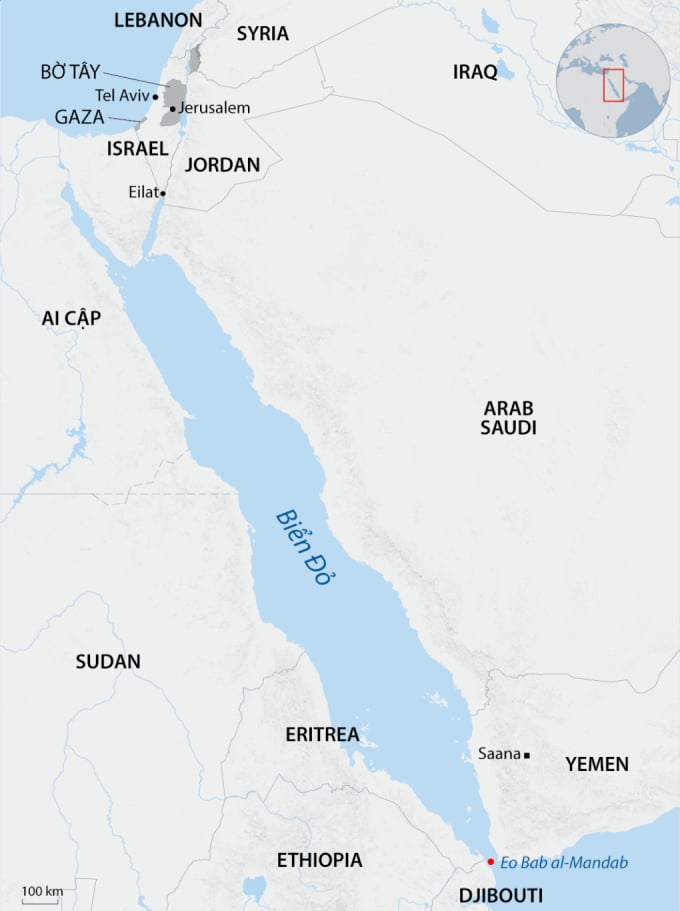
Location of the Red Sea. Graphics: AFP
Pham Giang (According to Drive, Time, Reuters )
Source link





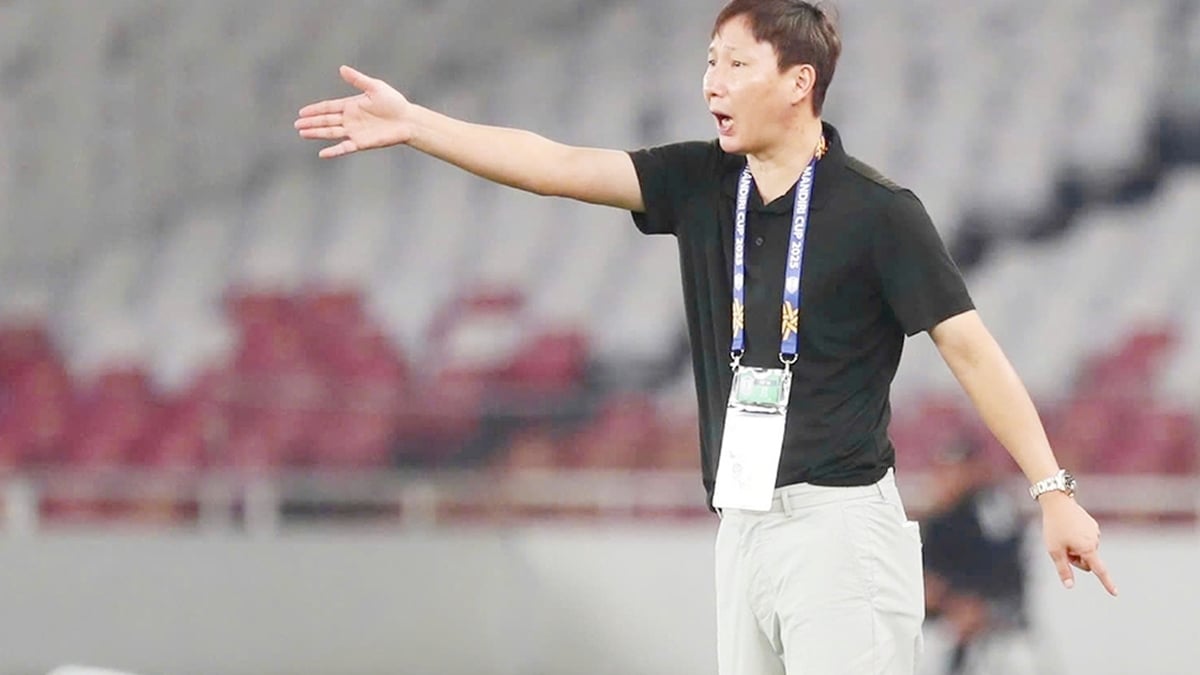

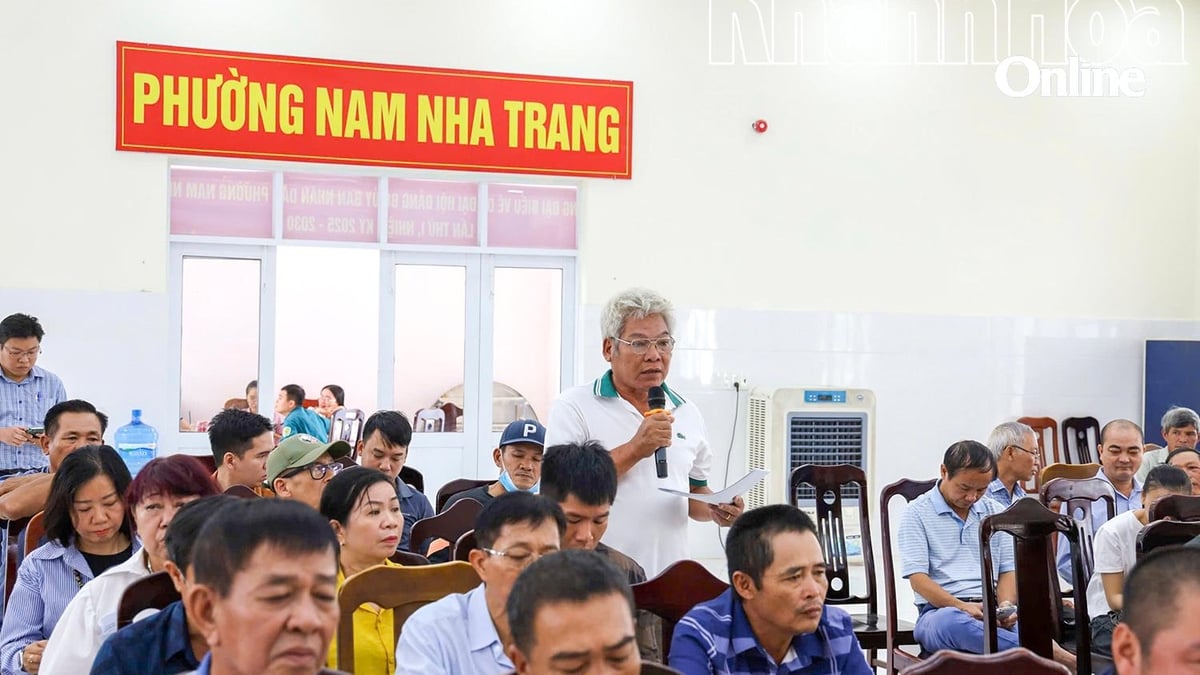
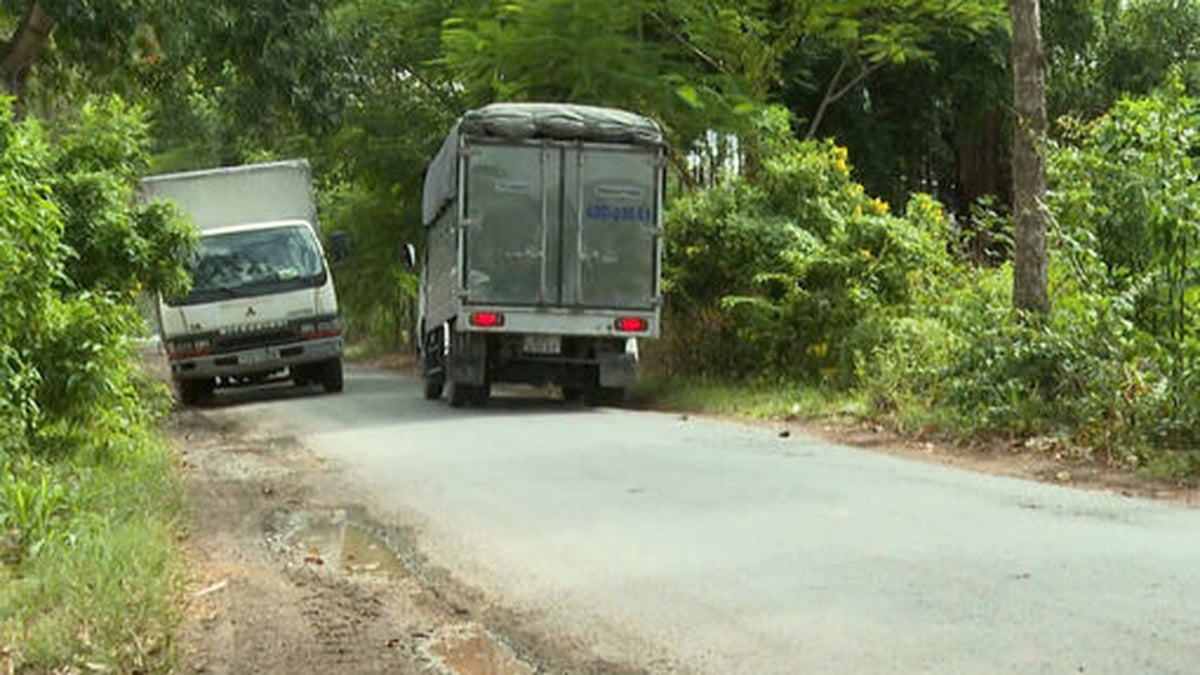
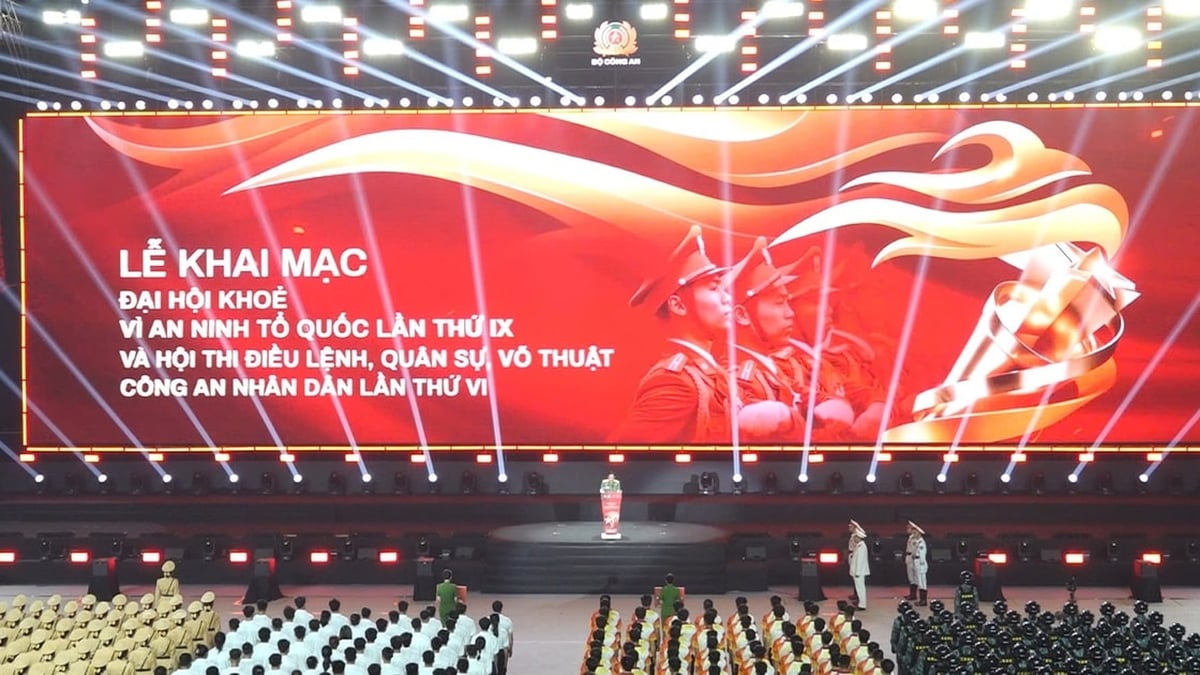

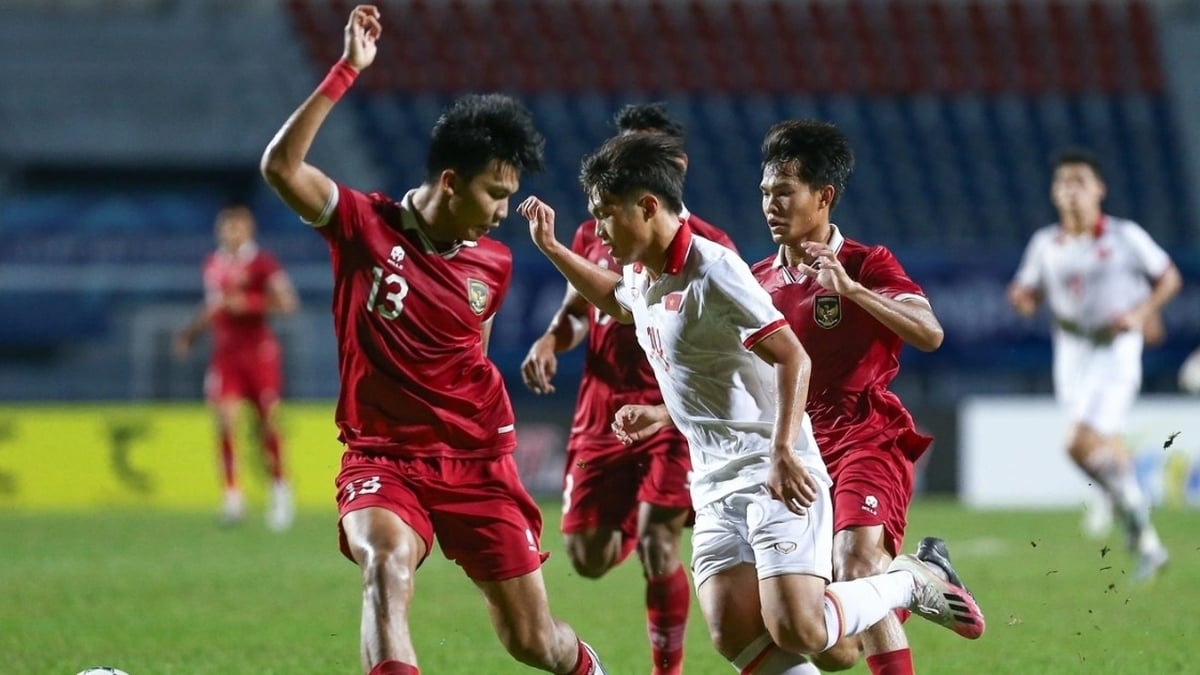































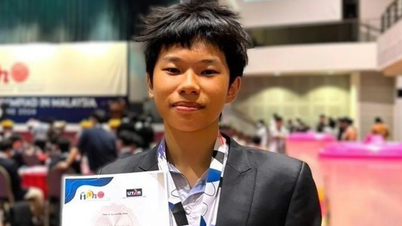

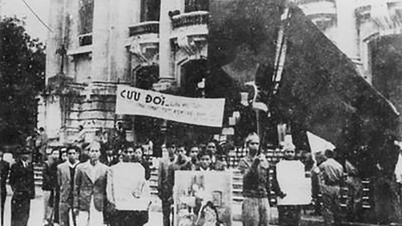
























































Comment (0)